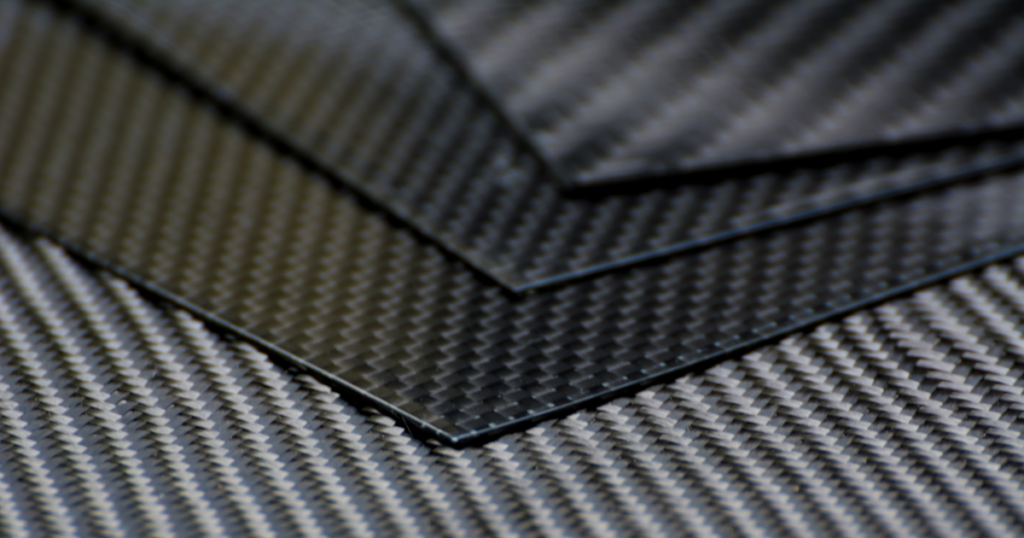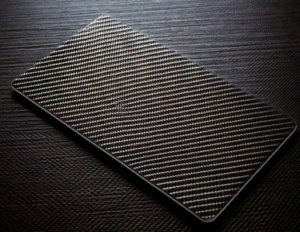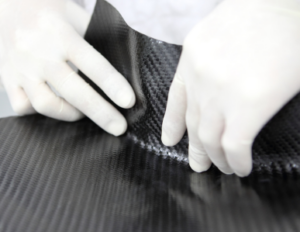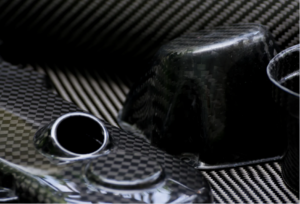
In the construction of a CFRP production line, the choice of molding method is a factor that influences initial investment and production efficiency. Therefore, it is necessary to select the most appropriate molding method according to the required quality of the product and the scale of production.
This article will explain in detail the basic differences between molding and machining, as well as the characteristics of molding methods and the situations in which they are applied. Issues and countermeasures that are likely to arise in production will also be explained, so please refer to this article if you are considering CFRP manufacturing.
For more information about Taiga, click here.Table of Contents
What is CFRP Molding? Difference from Machining

CFRP is,Composite material combining carbon fiber and resinIt is a lightweight and high-strength material. CFRP is characterized by its light weight and high strength, and its specific gravity is said to be about 1/5 that of steel.
It also offers a high degree of design freedom and is used in a variety of fields, including aircraft, automobiles, and sporting goods.
In the manufacture of CFRP, the process of forming the material into the desired shape is important. Molding is the process of processing the material into a product using a mold.
There are various types of processing, such as cutting, water-jetting, and laser processing, and forming is one of them. Cutting, shaving, and joining materials together are called processing.
CFRP Molding Method
CFRP is used in a wide range of fields such as aircraft and automobiles, and efficient molding methods differ depending on the product to be made. Here we introduce six CFRP molding methods.
| Molding Method | summary | Examples of Uses |
| Autoclave (AC) molding | Stack prepregs in molds, heat and pressurize in autoclave | Aircraft wings and fuselages, parts requiring high strength and high precision |
| Oven Forming | Stack prepreg in mold and heat in oven | Products with relatively simple shapes |
| RTM/VaRTM molding | Carbon fiber is placed in the mold and resin is injected. | Aerospace and automotive parts |
| Filament winding (FW) forming | Resin impregnation while wrapping carbon fiber around a core material | Pipes, tanks |
| Sheet winding molding | Heating and pressurizing while wrapping prepreg sheet around core material | Golf shafts, fishing rods |
| Pultrusion molding | Carbon fiber is impregnated with resin and pulled out of the mold. | Rod and pipe products |
Autoclave (AC) molding
Autoclave molding is one of the most common molding methods for CFRP.Prepregs are stacked in a mold and heated and pressurized in a pressure vessel called an autoclave for molding.Prepreg is a carbon fiber sheet that has been pre-impregnated with resin.
This method is characterized by its ability to mold high-quality products. It can be used for products with complex shapes, and is also used for parts that require high strength and precision, such as aircraft wings and fuselages.
Oven Forming
Oven forming is,Method of stacking and molding prepregs in a mold similar to autoclave moldingBut instead of an autoclave, an oven is used.
Equipment costs are lower than autoclave molding, but care must be taken because it is not suitable for molding products with complex shapes.
RTM/VaRTM molding
RTM molding is,Molding method in which carbon fibers are placed in the mold and injected with a mixture of resin and hardenerVaRTM molding is a method in which RTM molding is performed under vacuum conditions, and in recent years VaRTM molding has become the mainstream method.
RTM/VaRTM molding is also commonly used in the aerospace and automotive industries.
Filament winding (FW) forming
Filament winding forming is,Method of molding carbon fiber by impregnating it with resin while wrapping it around a core material called a mandrel, and then curing it.It is.
It is suitable for molding cylindrical products such as pipes and tanks, as well as products with high strength. Also, the strength and rigidity of products can be adjusted by controlling the direction of carbon fiber winding.
Sheet winding molding
Sheet winding molding is,Method of forming prepreg sheets by heating and pressurizing them while wrapping them around a mandrel and curing themIt is.
It is suitable for forming cylindrical products and is used for golf shafts and fishing rods.
Pultrusion molding
Pultrusion molding is,Method of impregnating carbon fiber with resin and pulling it out of the mold to formIt is.
Bar- and pipe-shaped products with a constant cross-sectional shape can be formed continuously, and can be produced at relatively low cost.
Issues arising in the CFRP molding process
The CFRP molding process is an essential process for creating high-performance products in various fields such as aircraft, automobiles, and sporting goods. However, due to the characteristics of CFRP, the molding process may face several challenges.
Here are four issues that arise in the CFRP molding process.
▼Issues arising in the CFRP molding process
- Problems with resin adhesion
- Problems that reduce work efficiency
- Quality and cost issues
- Safety Issues
Problems with resin adhesion
During the CFRP molding process, resin may adhere to molds and tools. In particular,Epoxy resin tends to stick to molds, etc.It is said to be the most important factor. This is a complex issue that is influenced by a variety of factors, including the viscosity of the resin, curing conditions, and surface treatment of the mold.
Resin adhesion can cause irregularities and defects on the surface of molded products, which may degrade the quality of their appearance. In addition to the need to apply a mold release agent during the molding process, it is essential to take measures to prevent adhesion to various components such as molds and rollers.
Problems that reduce work efficiency
The CFRP molding process requires the application of a mold release agent due to the problem of resin adhesion. In addition to the application, cleaning of the mold release agent is also necessary, which is time-consuming and labor intensive. For this reason,Time loss due to manual work reduces work efficiency.The first is the
Furthermore, when molding products with complex shapes, the skill level of the operator is required, which tends to increase work time and labor costs.
Quality and cost issues
In the CFRP molding process,Uneven application of mold release agent by workersmay appear. This can lead to variations in quality.
Another issue is that uneven application by different workers raises costs due to increased use of mold release agents.
To solve the problem of low productivity due to mold release agents and unevenness caused by operators, surface treatment (coating) can be utilized instead of mold release agents.
Safety Issues
In the CFRP molding process,Adverse effects on respiratory system due to volatilization of organic solventshave also been cited as a problem. There is also a risk of inflammation and chemical burns if direct contact is made with the skin.
Furthermore, appropriate measures must be taken to ensure worker safety, including the possibility of eye irritation or damage due to splashing into the eyes.
Summary
In this article, we have explained in detail the basic differences between forming and processing, the characteristics of forming methods, and the situations in which they are applied.
In CFRP, forming is important, where a mold is used to process the material into a product. there are various types of CFRP forming methods, and the forming method must be selected according to the product.
In addition, measures must be taken to address resin adhesion and safety issues during the CFRP molding process.
If you are considering manufacturing parts utilizing CFRP processing, please contact us.Taiga."Taiga is a free service that allows you to consult with experienced contractors.
We can efficiently proceed with the development of difficult or new parts, small-lot production, prototyping, and mass production while keeping costs low.
For more information about Taiga, click here.
 0120-987-742
0120-987-742


